682 Views
11 Of The Best Tips To Dye Fabric Flawlessly

by
Meranda Devan @ Hersite
(IC: homeowner)
Easy
In the past I have dyed everything from lamp shades, clothing, drapery, and upholstery fabric. Some projects turned out fantastic, while others had blotchy stain marks from the dye, which had to be thrown out. There is no doubt that dying fabric is an art that takes practice. With larger pieces of fabric, dying can become more complicated than small swatches.
Before coming to the States, I mostly used Rit dye. This was one of the few products I had access to before learning about ebay and all the other products that are available online now.
Enjoyed the project?
Published September 4th, 2014 8:46 PM
Comments
Join the conversation
2 comments
-
NICE POST
 Caryn Decker
on Sep 05, 2014
Caryn Decker
on Sep 05, 2014
-
-
What an innovative idea! The shade is just beautiful. And, here is another idea. You can make lamp shade slip covers and change them out several times a year. I have used fabric and wallpaper previously and they turned out perfectly. I found the instructions for making a template somewhere on Google. You can use a sheet, shower curtains (new or used), wrapping paper and so much more.
 861650
on Nov 23, 2014
861650
on Nov 23, 2014
-



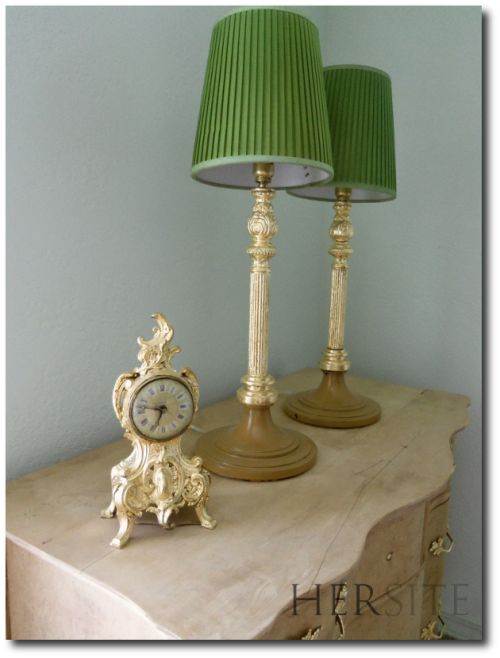
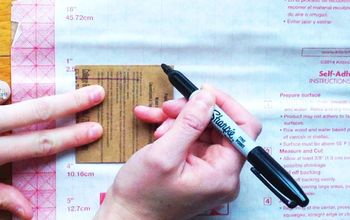


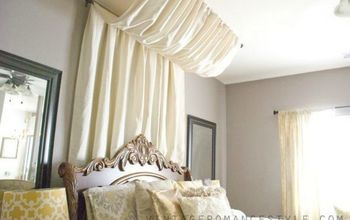


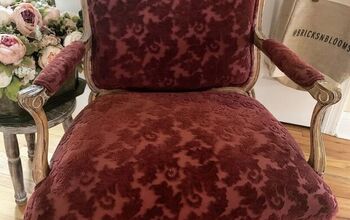
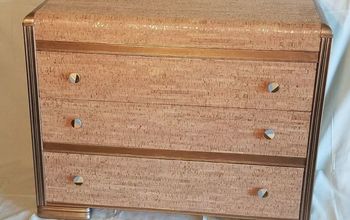
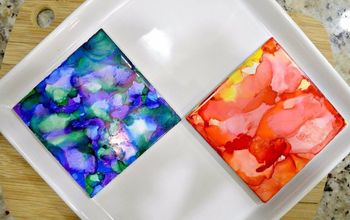
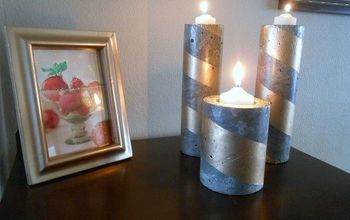


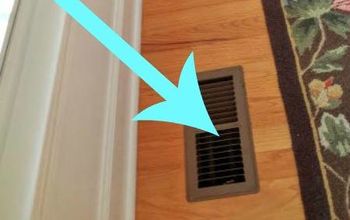






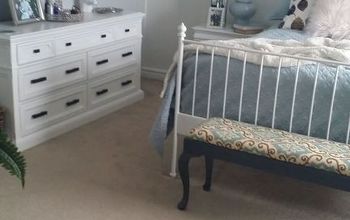
Frequently asked questions
Have a question about this project?